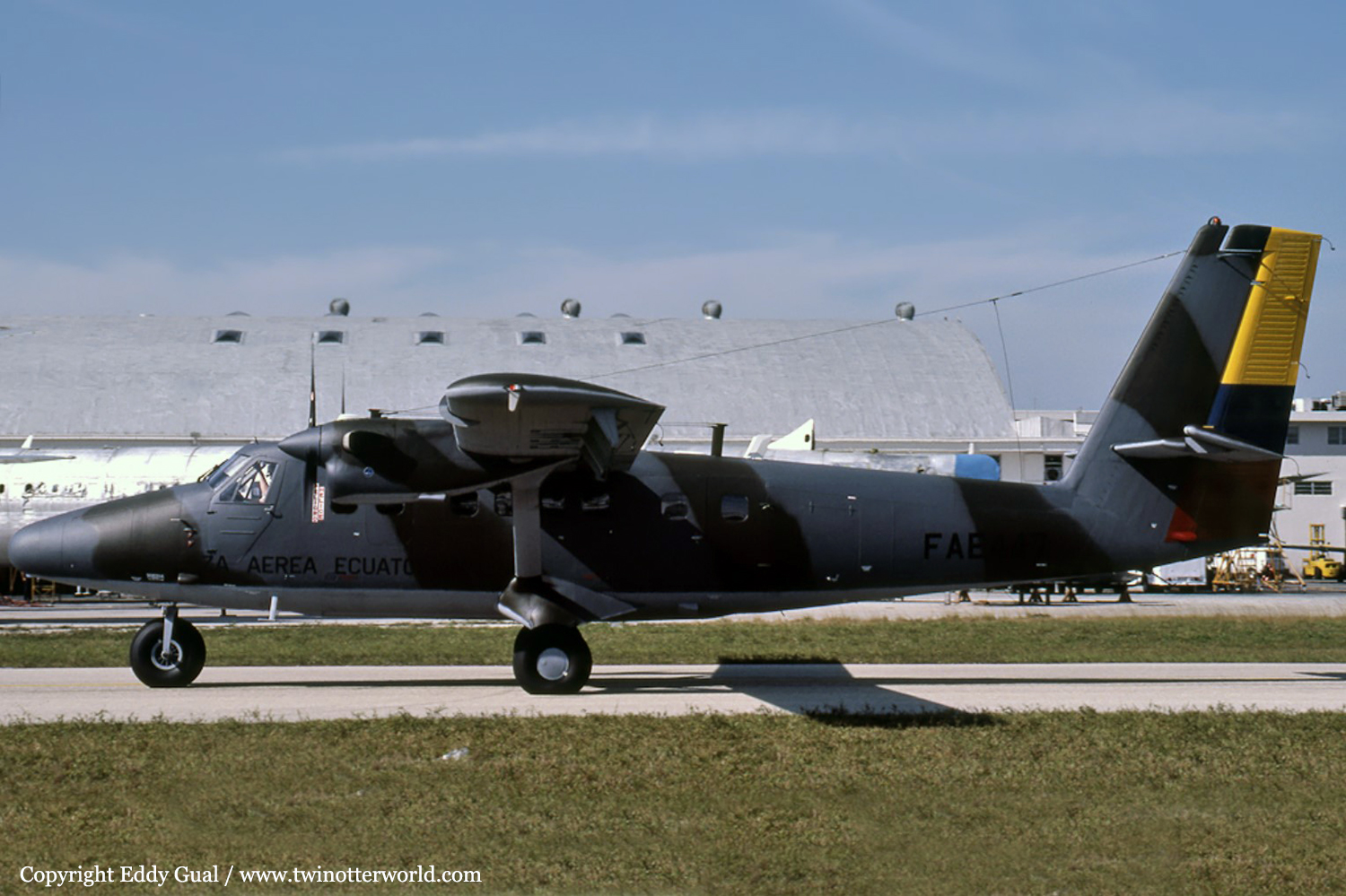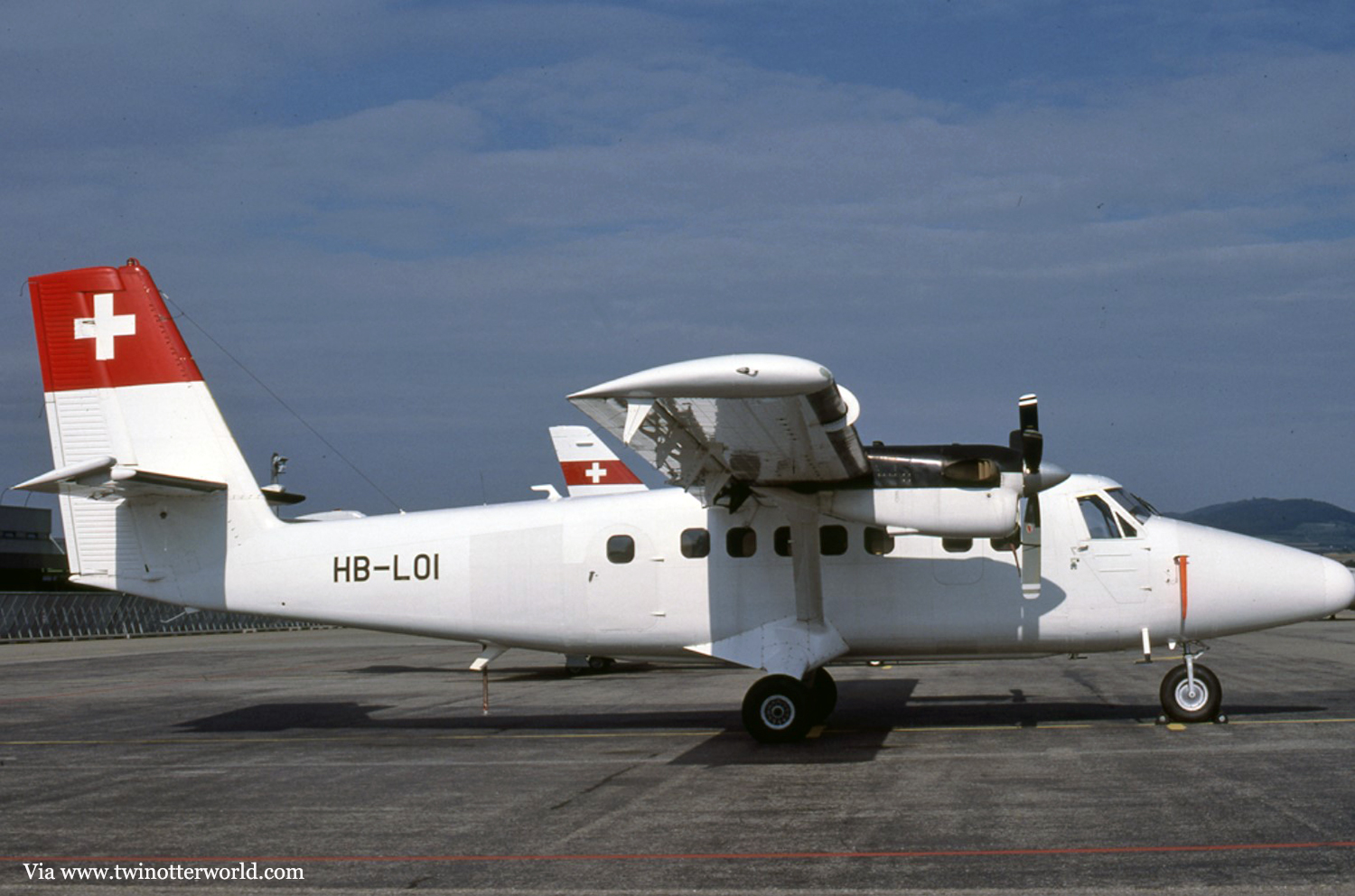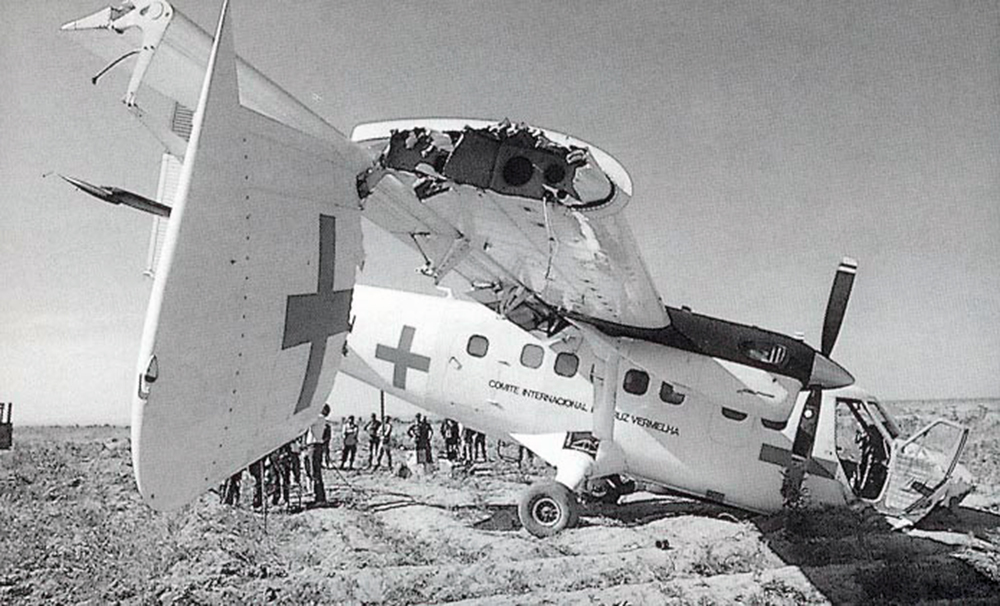Crash of a De Havilland DHC-6 Twin Otter 300 near Taisha: 22 killed
Date & Time:
Feb 14, 1991
Registration:
FAE447
Survivors:
No
Schedule:
Macas - Taisha
MSN:
832
YOM:
1986
Crew on board:
2
Crew fatalities:
Pax on board:
20
Pax fatalities:
Other fatalities:
Total fatalities:
22
Circumstances:
En route from Macas to Taisha on behalf of the Mission Aviation Fellowship (MAF), the crew encountered poor weather conditions and limited visibility. The aircraft struck the slope of Mt Paso Macuna (1,500 meters high) located about 34 km west of Taisha. The wreckage was found 35 meters below the summit and all 22 occupants were killed.
Probable cause:
Controlled flight into terrain.




















